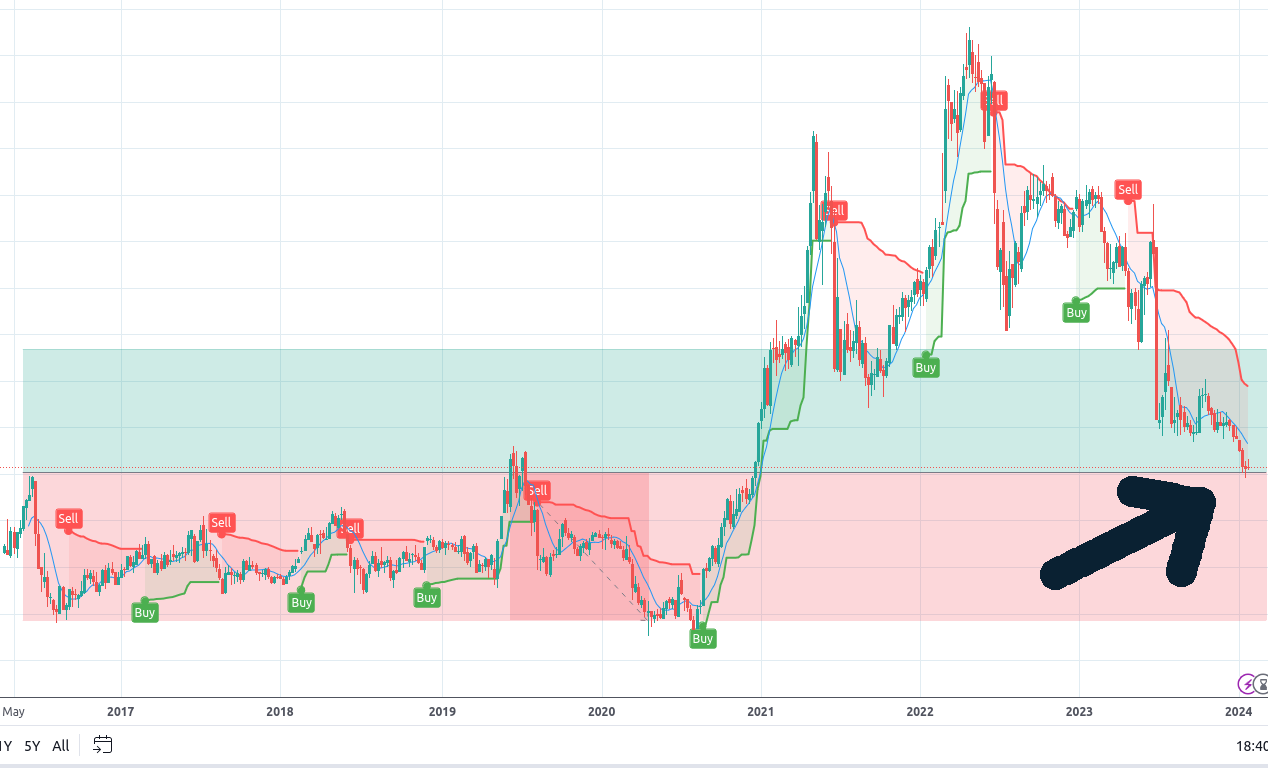Are we at the verge of a potential bull cycle if the 2017-2021 resistance becomes a support line in 2024? I’ll keep an eye for higher highs!
Be aware of the U.S. record-high 2023 corn production and the inter-commodity competition with soybeans which can pressure the corn price down.
U.S. agricultural surplus, especially corn surplus, and inter-commodity competition between corn and soybeans play an integral part in market dynamics.
U.S. Agricultural Surplus:
Over the past several years, the United States has witnessed substantial surpluses in corn production. For instance, in 2023 alone it planted the highest number of acres since 2010, leading to record output of 15.2 billion bushels – leading to lower prices due to supply exceeding demand.
Inter-Commodity Competition (Corn vs. Soybeans):
Three important factors to consider: Acreage, soybeans demand increase, and input costs.
Regarding acreage (area of land for agriculture), when soybean production becomes more lucrative than corn production, farmers might allocate additional acreage towards producing soybeans.
With a soybean demand increase due to popularity also because it is being used as raw material for the expanding biodiesel industry. Corn may become less appealing as biodiesel production, potentially decreasing corn acreage for farming.
Last, regarding input costs, soybeans typically have lower input costs compared to corn, particularly regarding fertilizer requirements.
Market Implications: Price Dynamics:
A reduction in acres can decrease corn supply, potentially increasing prices if demand remains steady.
Global Demand and Trade
U.S. corn exports represent a key demand factor. If global trade dynamics change due to geopolitical events or changes in other countries’ production (for instance drought in South America), this can have an effect on U.S. corn prices.
Soybeans as Competitor Crop
Increased soybean production may lead to decreased corn production, impacting corn prices due to supply-and-demand imbalance.










